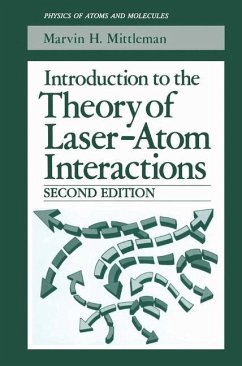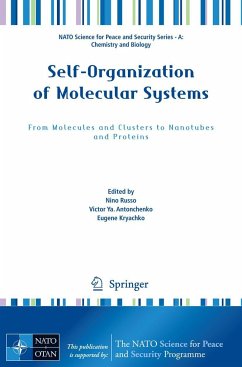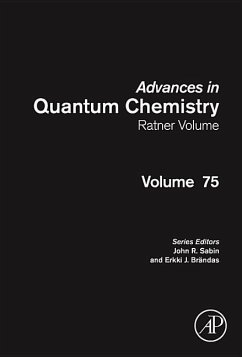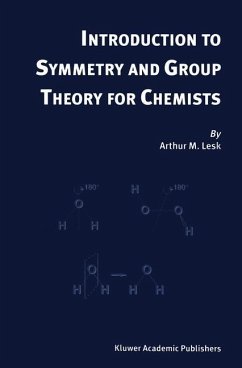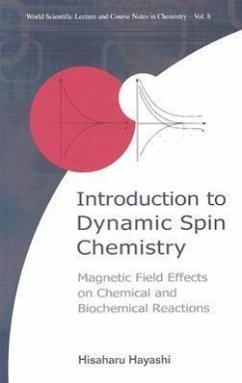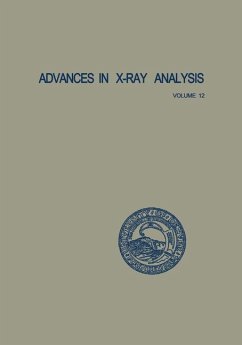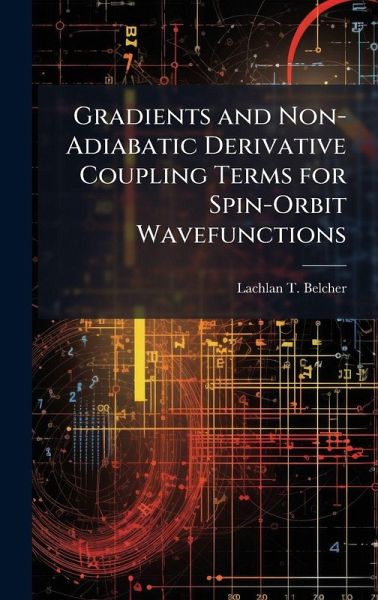
Gradients and Non-Adiabatic Derivative Coupling Terms for Spin-Orbit Wavefunctions
Versandkostenfrei!
Versandfertig in über 4 Wochen
30,99 €
inkl. MwSt.
Weitere Ausgaben:

PAYBACK Punkte
15 °P sammeln!
Analytic gradients of electronic eigenvalues require one calculation per nuclear geometry, compared to 3n calculations for finite difference methods, where n is the number of nuclei. Analytic non-adiabatic derivative coupling terms, which are calculated in a similar fashion, are used to remove non-diagonal contributions to the kinetic energy operator, leading to more accurate nuclear dynamics calculations than those that employ the Born-Oppenheimer approximation and assume off-diagonal contributions are zero. The current methods and underpinnings for calculating both of these quantities for MR...
Analytic gradients of electronic eigenvalues require one calculation per nuclear geometry, compared to 3n calculations for finite difference methods, where n is the number of nuclei. Analytic non-adiabatic derivative coupling terms, which are calculated in a similar fashion, are used to remove non-diagonal contributions to the kinetic energy operator, leading to more accurate nuclear dynamics calculations than those that employ the Born-Oppenheimer approximation and assume off-diagonal contributions are zero. The current methods and underpinnings for calculating both of these quantities for MRCI-SD wavefunctions in COLUMBUS are reviewed. Before this work, these methods were not available for wavefunctions of a relativistic MRCI-SD Hamiltonian. A formalism for calculating the density matrices, analytic gradients, and analytic derivative coupling terms for those wavefunctions is presented. The results of a sample calculation using a Stuttgart basis for K He are presented. This work has been selected by scholars as being culturally important, and is part of the knowledge base of civilization as we know it. This work was reproduced from the original artifact, and remains as true to the original work as possible. Therefore, you will see the original copyright references, library stamps (as most of these works have been housed in our most important libraries around the world), and other notations in the work. This work is in the public domain in the United States of America, and possibly other nations. Within the United States, you may freely copy and distribute this work, as no entity (individual or corporate) has a copyright on the body of the work. As a reproduction of a historical artifact, this work may contain missing or blurred pages, poor pictures, errant marks, etc. Scholars believe, and we concur, that this work is important enough to be preserved, reproduced, and made generally available to the public. We appreciate your support of the preservation process, and thank you for being an important part of keeping this knowledge alive and relevant.




